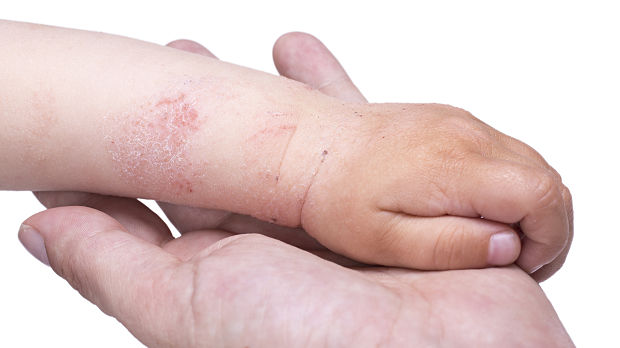
Are Systemic Corticosteroids Really Safe and Effective for Treating Atopic Dermatitis?
May 30, 2018While systemic corticosteroids (SCS) are frequently used to treat atopic dermatitis (AD), there are few studies that have examined the safety and efficacy of this practice. A recent review studied the available evidence to summarize the available evidence for using SCSs in AD. Currently, AAD guidelines for treating AD recommend systemic therapy for persistent, moderate-to-severe …



